Write up experiments and research with LaTeX templates for project and lab reports—including layout guidelines to help guide you through the writing process.
Recent
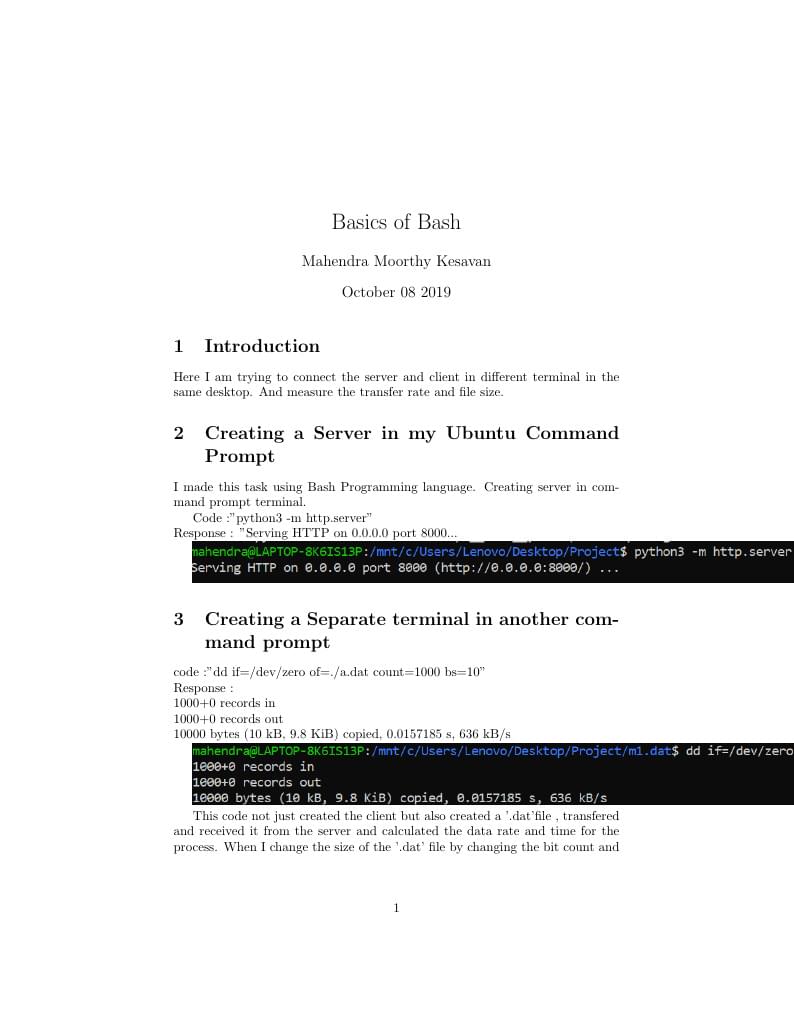
How to create client and server
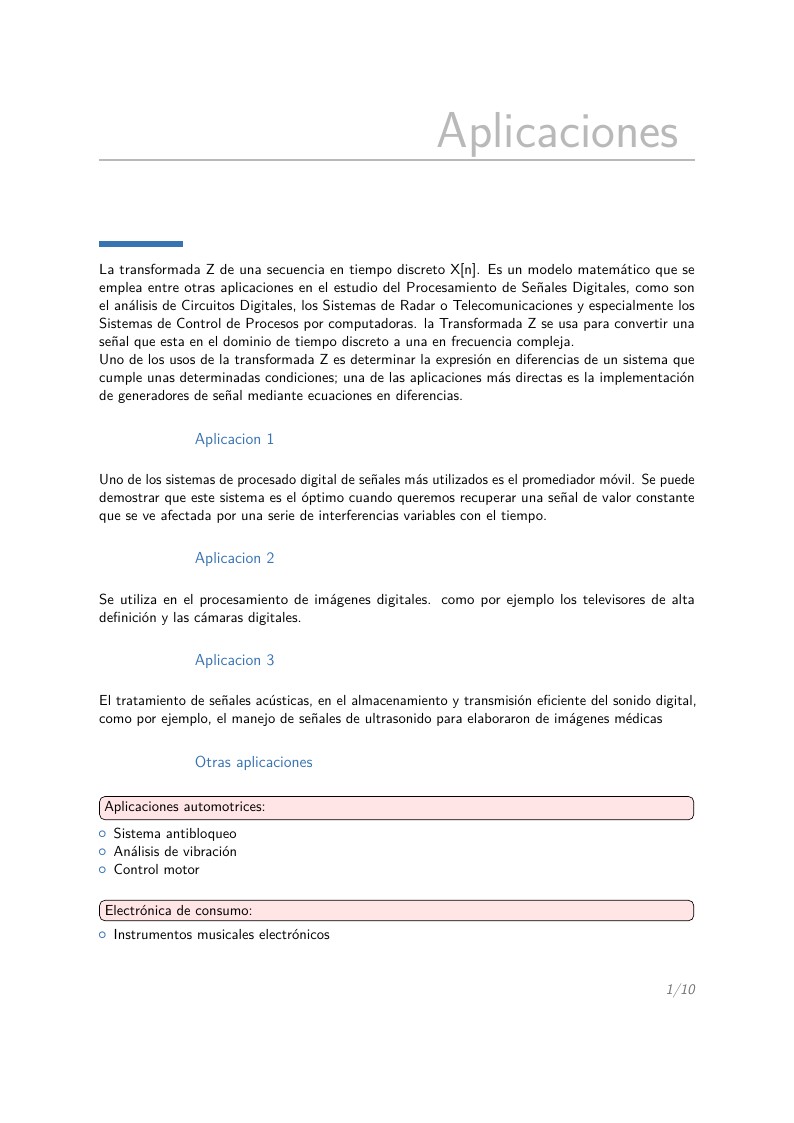
"ModernCV" CV and Cover Letter LaTeX Template Version 1.1 (9/12/12) This template has been downloaded from: http://www.LaTeXTemplates.com Original author: Xavier Danaux (xdanaux@gmail.com) License: CC BY-NC-SA 3.0 (http://creativecommons.org/licenses/by-nc-sa/3.0/) Important note: This template requires the moderncv.cls and .sty files to be in the same directory as this .tex file. These files provide the resume style and themes used for structuring the document.
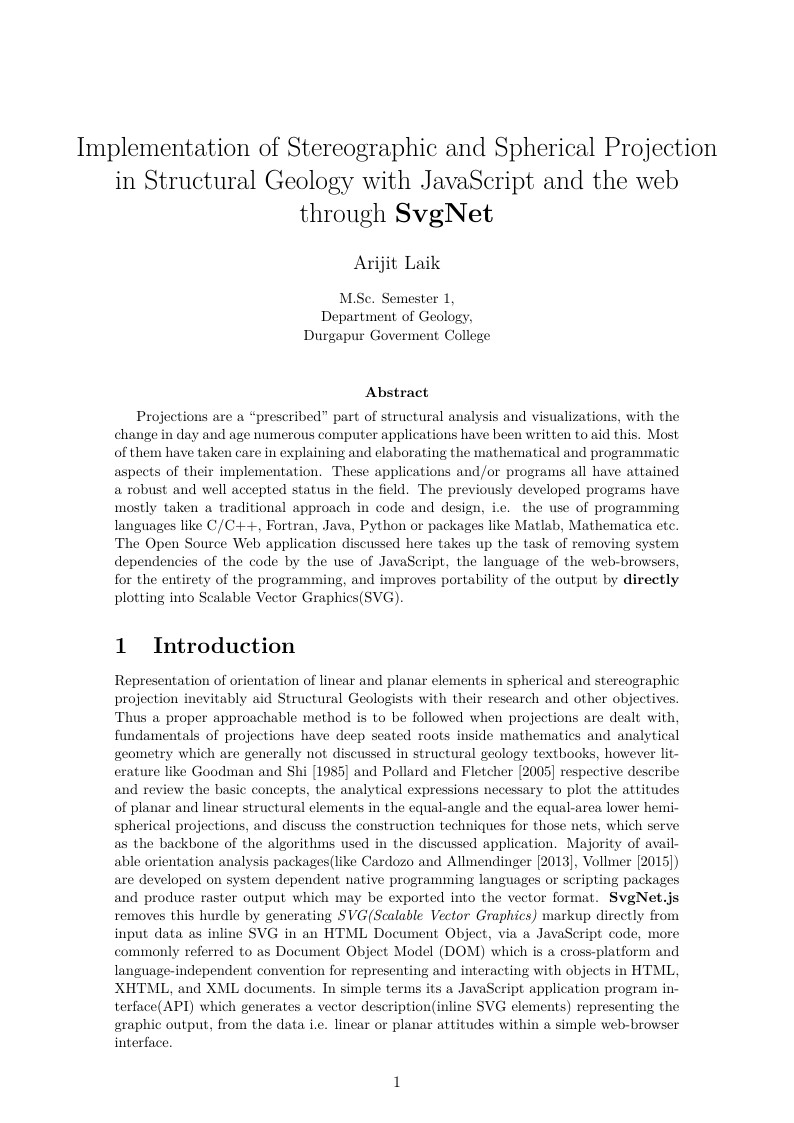
Projections are a "prescribed" part of structural analysis and visualizations, with the change in day and age numerous computer applications have been written to aid this. Most of them have taken care in explaining and elaborating the mathematical and programmatic aspects of their implementation. These applications and/or programs all have attained a robust and well accepted status in the field. The previously developed programs have mostly taken a traditional approach in code and design, i.e. the use of programming languages like C/C++, Fortran, Java, Python or packages like Matlab, Mathematica etc. The Open Source Web application discussed here takes up the task of removing system dependencies of the code by the use of JavaScript, the language of the web-browsers, for the entirety of the programming, and improves portability of the output by directly plotting into Scalable Vector Graphics (SVG).
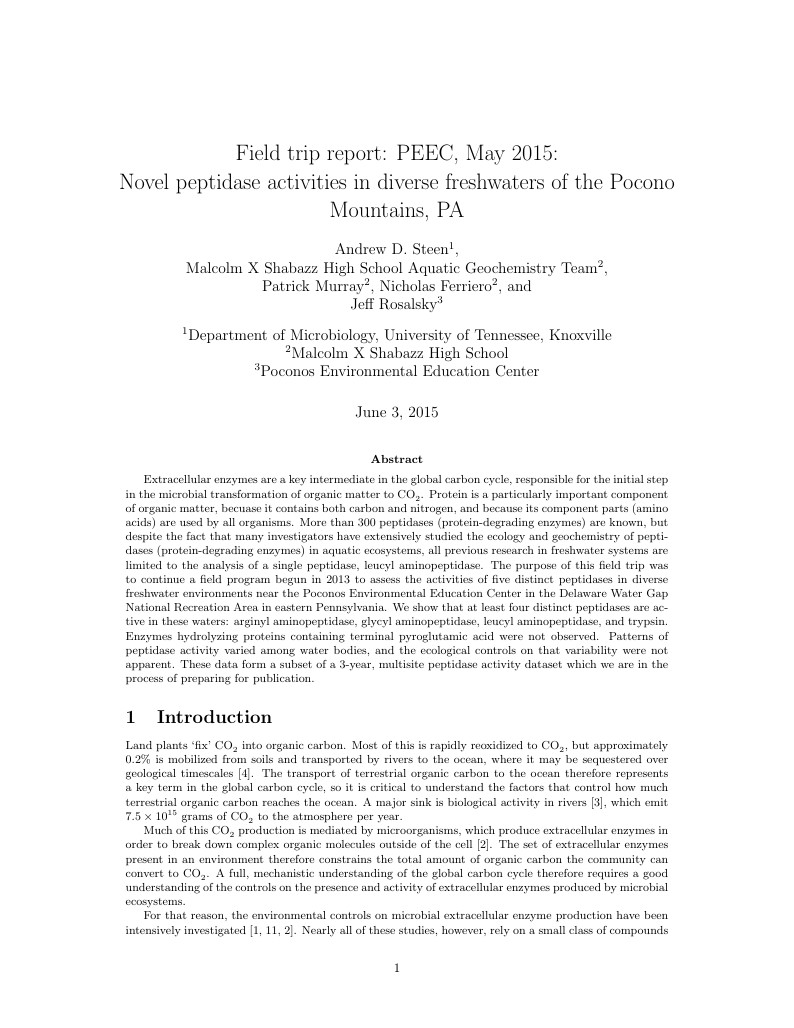
Description of results of fieldwork at Pocono Environmental Education Center with students from Malcolm X Shabazz High School, May 2005.
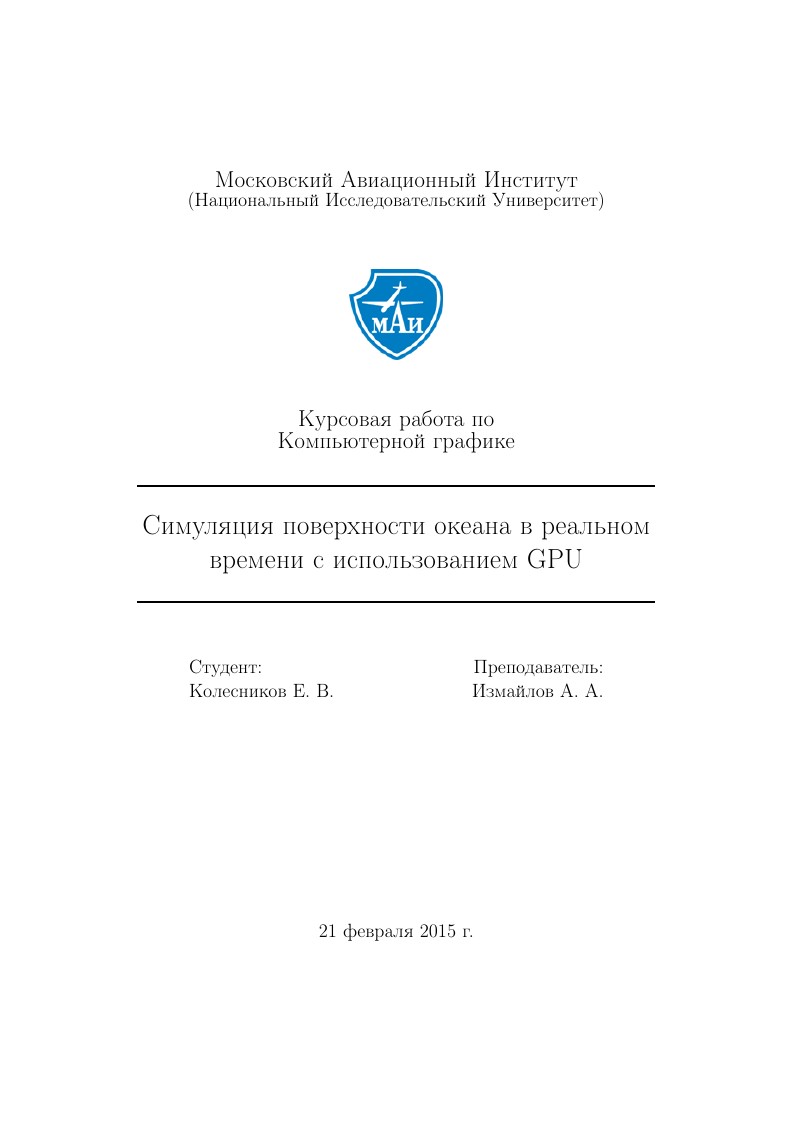
В данной работе решается задача моделирования поверхности открытого океана в реальном времени с использованием GPU для вычисления поля высот.
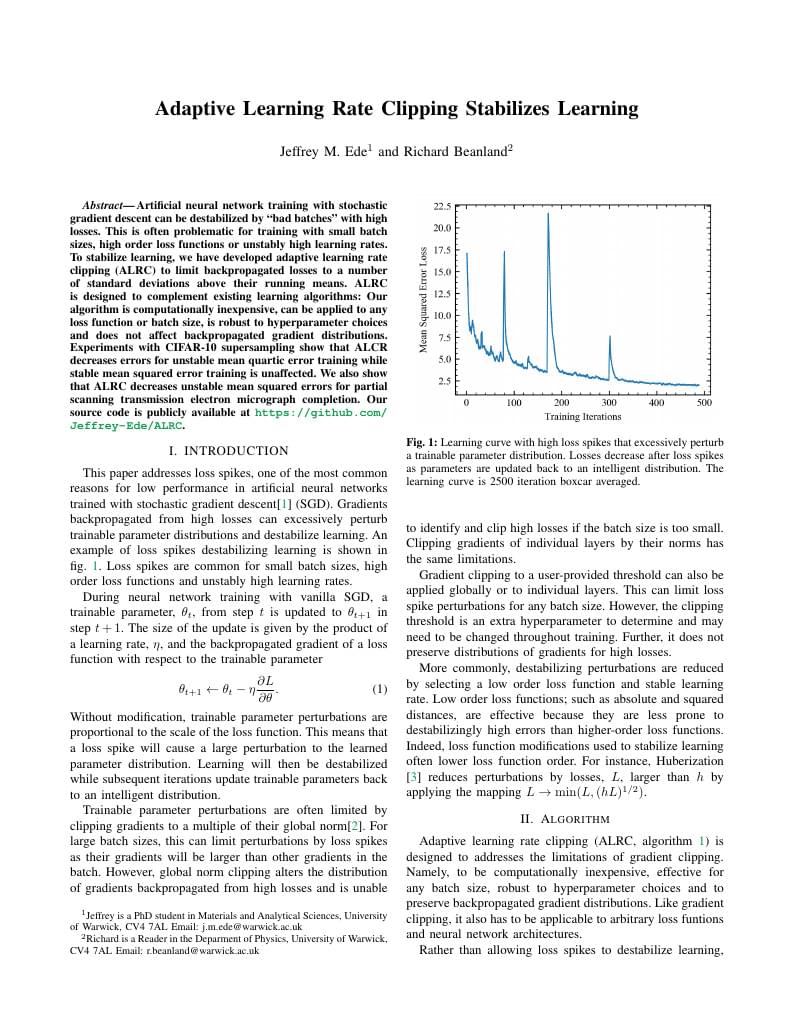
Adaptive learning rate clipping (ALRC) stabilizes learning by limiting backpropagated losses.
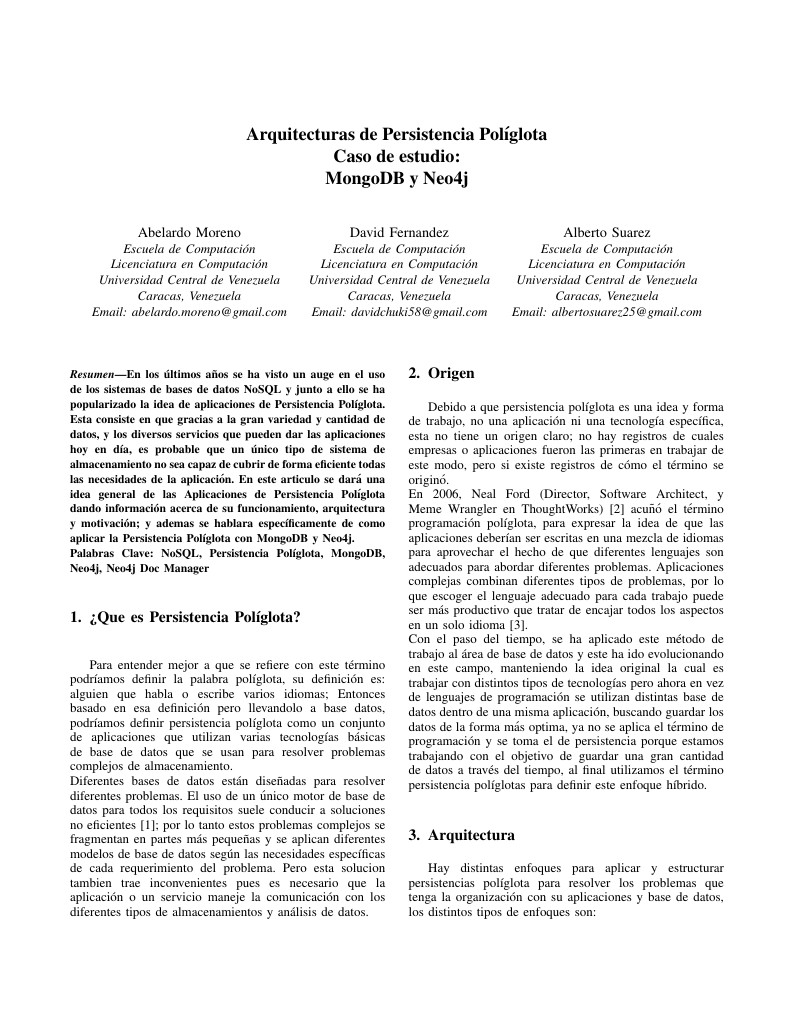
En los últimos años se ha visto un auge en el uso de los sistemas de bases de datos NoSQL y junto a ello se ha popularizado la idea de aplicaciones de Persistencia Políglota. Esta consiste en que gracias a la gran variedad y cantidad de datos, y los diversos servicios que pueden dar las aplicaciones hoy en día, es probable que un único tipo de sistema de almacenamiento no sea capaz de cubrir de forma eficiente todas las necesidades de la aplicación. En este articulo se dará una idea general de las Aplicaciones de Persistencia Políglota dando información acerca de su funcionamiento, arquitectura y motivación; y ademas se hablara específicamente de como aplicar la Persistencia Políglota con MongoDB y Neo4j. Palabras Clave: NoSQL, Persistencia Políglota, MongoDB, Neo4j, Neo4j Doc Manager
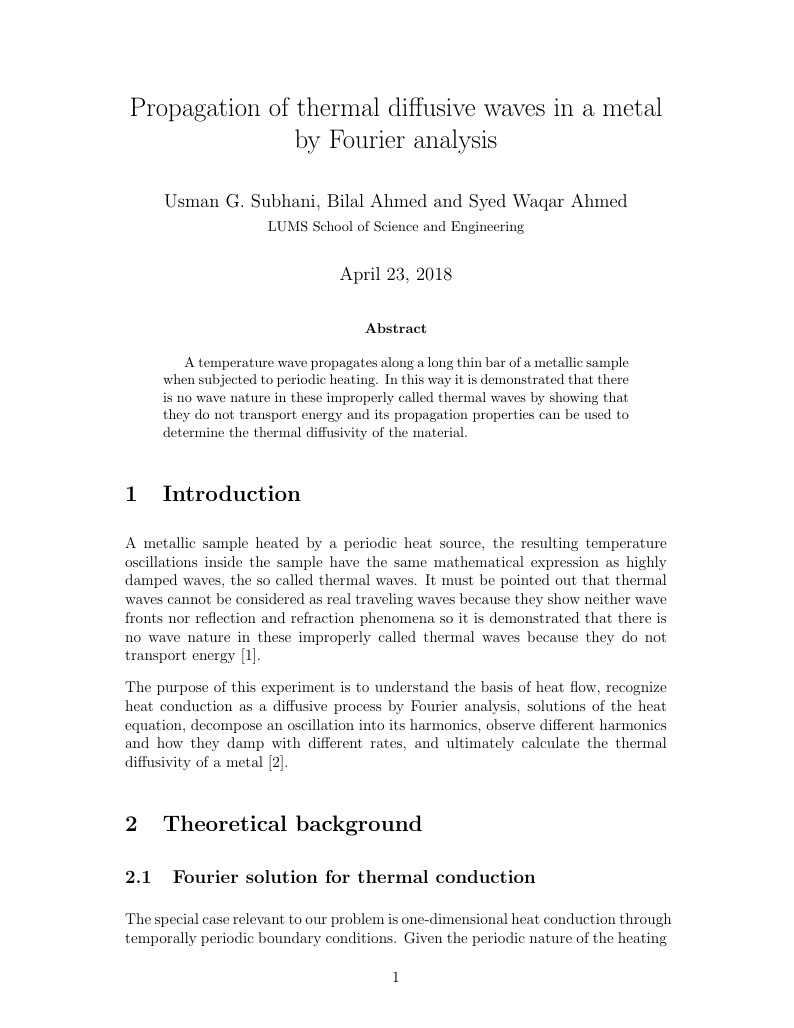
Thermal wave phenomenon is observed is thin metallic rod by application of periodic heating. In this way, it is demonstrated that there is no wave nature in these improperly called thermal waves by showing that they do not transport energy and its propagation properties can be used to determine the thermal diffusivity of the material.
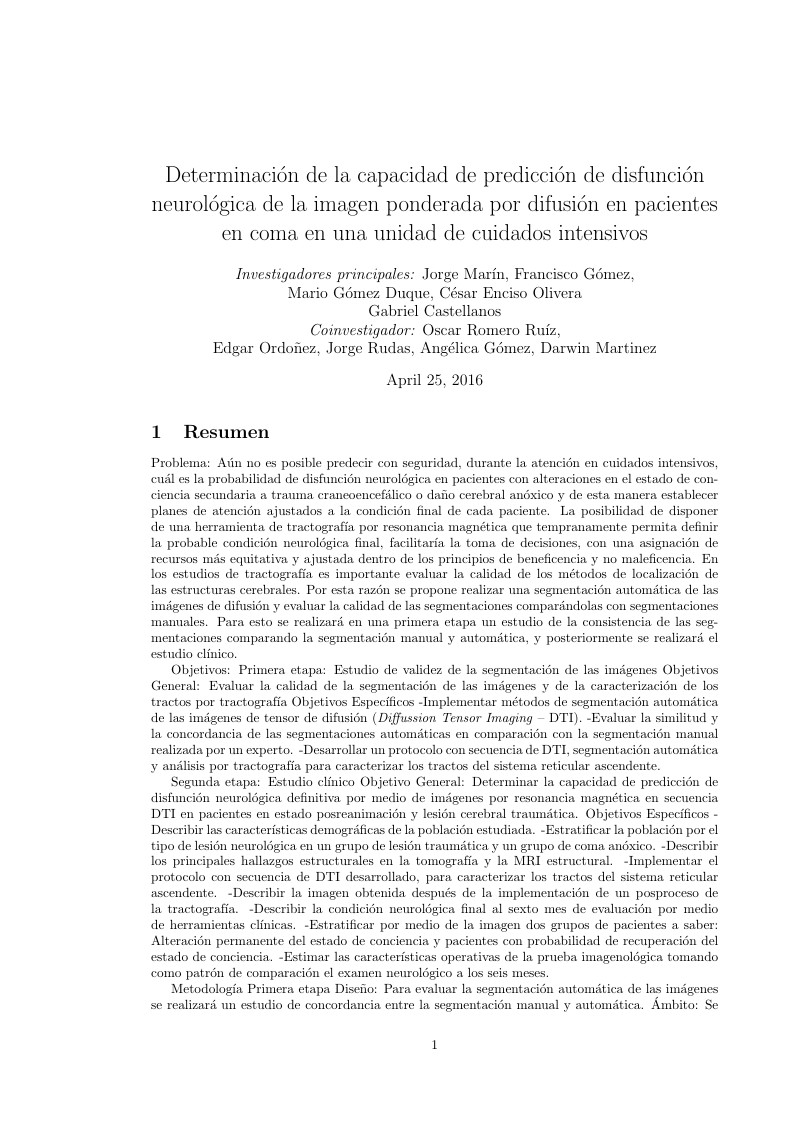
Aún no es posible predecir con seguridad, durante la atención en cuidados intensivos, cuál es la probabilidad de disfunción neurológica en pacientes con alteraciones en el estado de conciencia secundaria a trauma craneoencefálico o daño cerebral anóxico y de esta manera establecer planes de atención ajustados a la condición nal de cada paciente. La posibilidad de disponer de una herramienta de tractografía por resonancia magnética que tempranamente permita de nir la probable condición neurológica nal, facilitaría la toma de decisiones, con una asignación de recursos más equitativa y ajustada dentro de los principios de bene cencia y no male cencia. En los estudios de tractografía es importante evaluar la calidad de los métodos de localización de las estructuras cerebrales. Por esta razón se propone realizar una segmentación automática de las imágenes de difusión y evaluar la calidad de las segmentaciones comparándolas con segmentaciones manuales. Para esto se realizará en una primera etapa un estudio de la consistencia de las seg- mentaciones comparando la segmentación manual y automática, y posteriormente se realizará el estudio clínico.
\begin
Discover why over 20 million people worldwide trust Overleaf with their work.